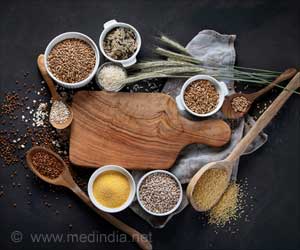Providing a rich source of live-saving stem cells, seven banks of umbilical cord blood are coming up across India, and the first of the series will open in Gurgaon this month.
Cryobanks India, a joint venture between Cryobanks International, a US body, and R.J. Corporation headed by Ravi Jaipuria, will invest Rs.1 billion to build the seven repositories in metro cities.Cryobanks International is a leader in the collection, processing and banking of umbilical cord blood stem cells.
The project that starts its first facility at Gurgaon, near the capital, will complete the task in next two years, renowned cardiologist and Cryobanks India advisor Naresh Trehan told reporters Wednesday.
"The umbilical cord blood is a rich source of stem cells and the bank will facilitate to store them from any willing family for a certain fee," Trehan told IANS, adding that the cells will be vital in saving life of a person suffering from leukaemia, thalassemia, blood cancer and bone marrow transplant.
He said the Gurgaon bank will have a capacity to store more than 100,000 units of cord blood, obtained from the umbilical chord at the time of a childbirth.
"A family can save the cord blood of their baby for Rs.60,000 for a period of 21 years and it is a one time investment by a family for a secure future," Trehan added.
Advertisement
The bank will keep the stem cells in hi-tech nitrogen vapour tanks at 190 degrees Celsius.
Advertisement
Cryobanks International chief Dwight Brunoehler told reporters that the cord blood storage market is estimated to be about $2 billion and India is emerging as an attractive destination due to its diverse ethnicity and population.
(Source: IANS)










